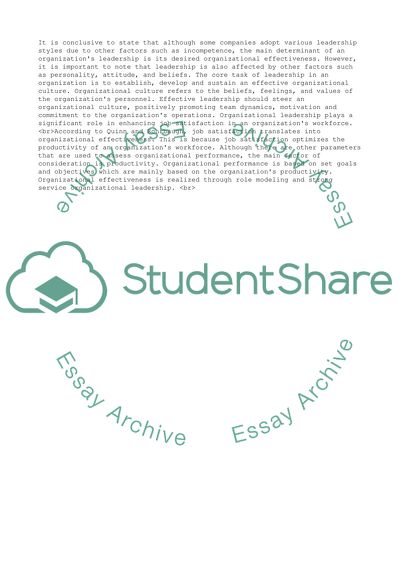Cite this document
(“Singapore Airlines Limited (SIA) Assignment Example | Topics and Well Written Essays - 4500 words”, n.d.)
Singapore Airlines Limited (SIA) Assignment Example | Topics and Well Written Essays - 4500 words. Retrieved from https://studentshare.org/management/1651748-singapore-airlines-limited-sia
Singapore Airlines Limited (SIA) Assignment Example | Topics and Well Written Essays - 4500 words. Retrieved from https://studentshare.org/management/1651748-singapore-airlines-limited-sia
(Singapore Airlines Limited (SIA) Assignment Example | Topics and Well Written Essays - 4500 Words)
Singapore Airlines Limited (SIA) Assignment Example | Topics and Well Written Essays - 4500 Words. https://studentshare.org/management/1651748-singapore-airlines-limited-sia.
Singapore Airlines Limited (SIA) Assignment Example | Topics and Well Written Essays - 4500 Words. https://studentshare.org/management/1651748-singapore-airlines-limited-sia.
“Singapore Airlines Limited (SIA) Assignment Example | Topics and Well Written Essays - 4500 Words”, n.d. https://studentshare.org/management/1651748-singapore-airlines-limited-sia.


